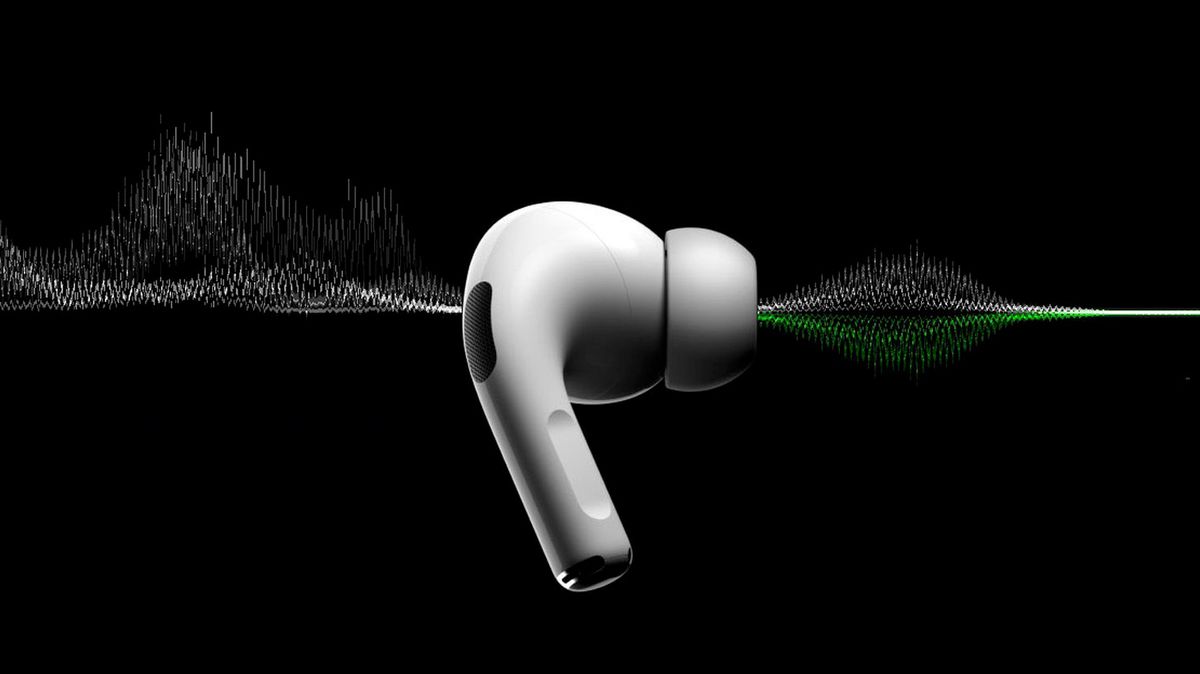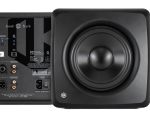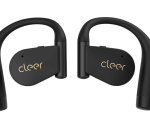
When Apple unveils its latest fancy video presentation at WWDC 2024 next week, we’ll get our first good look at what iOS 18 will deliver – and that could include some useful AirPods enhancements too.
Apple’s apparent new focus on AI-enhanced everything has the potential to deliver some useful improvements to AirPods, especially the more powerful AirPods Pro 2 – but even without AI, there are plenty of ways that the iOS 18 update could make our experience with AirPods Max or AirPods 3 even better.
Here are 10 AirPods upgrades we’d love to see Apple announce next week.
1. Cleverer conversations
As we reported last week, researchers at the University of Washington have developed an AI-powered feature that goes beyond what Apple’s Conversation Awareness can do. Apple’s feature helps you hear someone talking by turning off noise cancelling and boosting the volume of their voice when it detects someone talking, but the researchers’ experimental feature goes further: it uses AI to isolate the person’s speech and continues to cancel everything else. It’s a long way from production, but AI could definitely improve noise cancellation. For example…
2. Customizable cancellation
AI could improve noise cancelling in some interesting ways, and once again the University of Washington is finding out what those ways are. Its “semantic hearing” system offers nuanced noise cancelling – so you can choose to let certain sounds through, whether that’s the sound of a baby crying, birdsong, emergency vehicle sirens, or speech.
3. Environmental awareness
The AirPods Pro 2’s active noise cancellation is really good. But AI could make it smarter. The Adaptive Audio in AirPods 2 automatically adjusts the volume of your media and mixes ANC and Transparency Modes when it detects you moving from noisy to quiet environments. Combine that with location awareness and customizable cancellation and your AirPods could offer a much more finely tuned ANC experience depending whether you’re at home, or the office, or on the train between them – rivals such as the Sony WF-1000XM5 and the Sennheiser Momentum 4 Wireless already offer this.
4. Excellent EQ
The lack of custom EQ in Apple’s mobile music offerings is an ongoing irritation that dates back to the iPod era: while the Music app offers an adjustable EQ, you’re stuck with a handful of EQ presets on your iPhone if you’re using AirPods rather than other firms’ earbuds or headphones – these usually have companion apps that enable you to reshape the sound. We’re not optimistic, but it’s an improvement we’d love to see and hear in iOS 18.
AI could have a role here too. Something we’re starting to see in music creation software is the use of AI to shape sounds – and Apple is one of the firms offering the tech in its latest version of Logic Pro. The most dramatic examples of that are Stem Splitter, which uses AI to separate the tracks into drums, bass, vocals and other instruments that you can then adjust, and ChromaGlow, which adds warmth, presence and punch to tracks.
And that raises the tantalising prospect of sonic shaping in the Music app to deliver intelligent equalization and enhancement, so instead of just telling it you want more bass or treble, you could tell it to enhance vocals or drums, or that you want a warmer sound.
5. Live translation
Of all the potential AI AirPods features, this is one of the most exciting: it’d turn your AirPods into the Babel Fish from The Hitch-Hiker’s Guide To The Galaxy, a real-time translator for the world’s many languages. Google‘s already tried this with its Pixel Buds, so we’re not talking science fiction here – but real-time translation is pretty demanding, so like Google we think Apple would use your iPhone to do the heavy lifting.
6. (Nearly) lossless audio
AirPods don’t do higher-res wireless audio, but newer models support a version of Bluetooth that has enough bandwidth to make more of the lossless tracks on Apple Music (or Tidal, and so on). It won’t be the kind of full-fat lossless Hi-Res Audio you get from wired listening, but an Apple equivalent of aptX or Sony‘s LDAC tech is entirely possible, as our very own Matt Bolton describes in detail here.
7. Super-powered Shazaming
iOS’s built-in Shazam’s song recognition is clever, but Google goes further: its YouTube Music app enables you to hum or sing a song and have Google tell you want it is and offer to play it. This is the kind of thing that AI can really excel at: the trickiest bit is getting the human version close enough to the original that the app can find the right match in its database – we’d love to have that feature, with support on AirPods too.
8. AI audio generation
AI could take the iPhone’s Background Sounds – which can create white noise and ambient noise to help you study, chill out or sleep – and supercharge it. Generative AI could enhance this feature further by enabling you to customize the kind of noise you want: instead of just “Ocean” or “Rain” you could ask Siri to generate something much more specific, or even a combination of “Rain with ambient synths” maybe. Again, it’d great to be able to ask for these just over your AirPods.
9. Hearing aid mode
This one’s the subject of repeated rumors that say it’ll be unveiled at WWDC 2024, and that it’ll be the most significant AirPods upgrade in 2024. According to Bloomberg’s Mark Gurman it’s the beginning of Apple’s push into the newly deregulated hearing aid sector. The US FDA now allows over-the-counter hearing aid sales, and that’s a huge potential market for Apple. AirPods already include several accessibility tools designed to help those hard of hearing, so we’ll surely only get more of that. And we hope that will include Bluetooth Auracast support, which is shaping up to be a big thing in hearing health tech as well as the best headphones.
10. Universal audio settings
One of my pet peeves is being blasted with too-loud audio when I switch from music or podcast apps to others, such as social media or games. It’d be handy to have a Settings screen where you could independently set levels for different things – such as music and podcasts, in-app events, notifications and so on – or even for different apps.
What about new AirPods hardware?
While we are expecting to see new AirPods models this year, we don’t think we’ll see them at WWDC.
Reports indicate that the AirPods 3 will be getting not one but two successors. The AirPods 4 are expected to come in two versions with two price tags: one regular set and one simpler, more affordable model. The latter could be a kind of AirPods Lite, with a rumored price tag of $99. They’re expected to launch in September or October, the same time as iOS 18’s final version is released.
We hope to see AirPods Max 2 later in 2024 too, though that doesn’t look certain – they might not appear until 2025 also, even though they’re relatively ancient now, and lack the obligatory USB-C. We’re not expecting to see AirPods Pro 3 this year; insiders are saying a 2025 launch is more likely.








